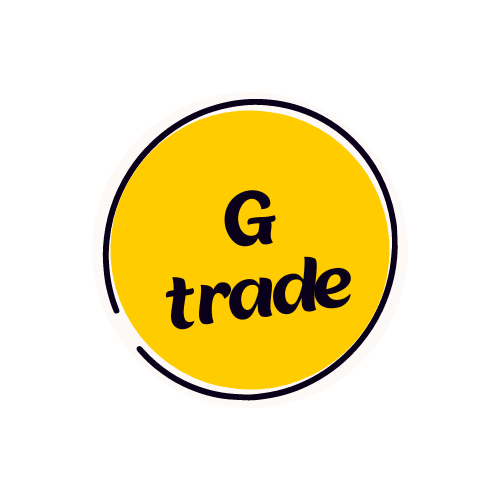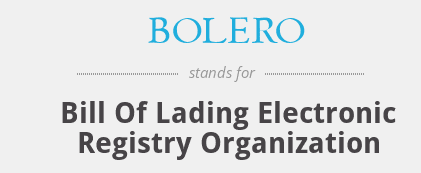With the introduction of E-commerce, in international trade, there has been a gradual shift in the way in which business operates. Traditional management of global supply chain was too slow, error prone and inflexible to operate competitively. ‘Bolero’ is a digitalized data interface where electronic bill of lading is issued per consignment in real time. The new IT enabled electronic platform is a game changer in global supply chain management.

The Bill Of Lading Electronic Registry Organization or Bolero has existed since the late 1990s and is the oldest existing eB/L system. Since then, it expanded to provide other supply chain documentation replacements, like purchase orders, invoices, letters of credit, insurance certificates, and more.
The two main features assuring the legality and safety of electronic docs in Bolero are the Rulebook – the legal framework guaranteeing that documents exchanged on the platform are valid – and encrypted signatures. The communication is also encrypted and Bolero is regularly audited to SSAE16 standards and its security management is certified to ISO 27001:2013.

The electronic bill of lading in shipping
The term digitalization of trade refers to the term “fully paperless trade”. Roughly, it means that the system should comply with the following conditions:
- Document creation should be completely electronic.
- Approval of the documents should happen via digital channels.
- Communication with banks should be completely electronic as well.
- The process of transmitting documents through the end-to-end supply chain should happen digitally.
However, fully paperless doesn’t mean seamless. If you’re not using any back office system or ERP, you’ll have only one of many supply chain processes digitized. That’s why some solutions provide APIs for your in internal trade management systems. These pieces of code will allow you to pull data from eB/L systems into scheduling, financial, and operational software, use it to automate routine tasks, save time and resources, and have control over the whole document lifecycle.
How electronic of bill of lading works?
An electronic bill of lading can be created only by a carrier or by their explicit authority the same way as a regular BL, adding cargo description, the port, the vessel, etc. You can create a document directly in the app or by scanning the paper one. The final document is then uploaded into Bolero with an attached Title Registry Instruction (TRI) – the record of the eB/L that ensures that the data can’t be changed or copied. The eB/L, including a TRI, is then electronically signed and sent to the shipper for review. When an eB/L is surrendered, a carrier receives an email from Bolero, allowing them to release the cargo at the discharge port immediatyely upon receipt.
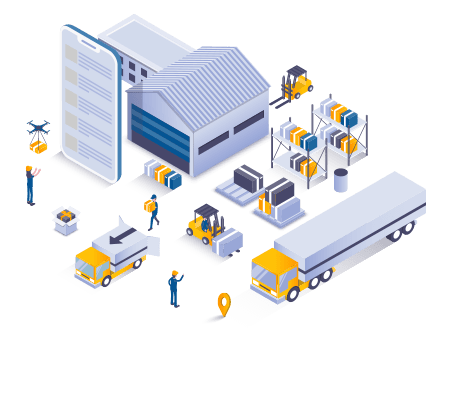
Electronic data interface
The processing of the international consignment is now flexible with the development of electronic data interface. Technology based platforms like Bolero, INMARSAT, in association with shipping companies and port authorities are playing a significant role in the development of EDI, together with Export Master – a software house specializing in the international trade sector.
Bolero International has built a strong reputation and a market leadership position in driving the digitization of global trade.
what is Bolero?
Bolero is an IT open system that makes all trade communications easier by using IT. Bolero operates through four areas:
(a) the rule book – legal framework.
(b) digital signatures/certificate of authority.
(c) standardized documents;
(d) neutral ownership.

The core functionality of Bolero
In international trade, Bolero allows its users to undertake the following five areas:
(a) exchange standardized commercial, financial and official documents in a legally binding and secure format.
(b) Usually standard documentation.
(c) Integrate back-office data systems.
(d) Improve supply chain efficiency.
(e) use the open nature of the system to trade in a multi-bank environment
Bolero is likely to become the international standard for Business-to-Business (B2B) e-commerce because the world’s largest banks and major logistics companies support it. It is also used by a large number of multinational trading businesses.
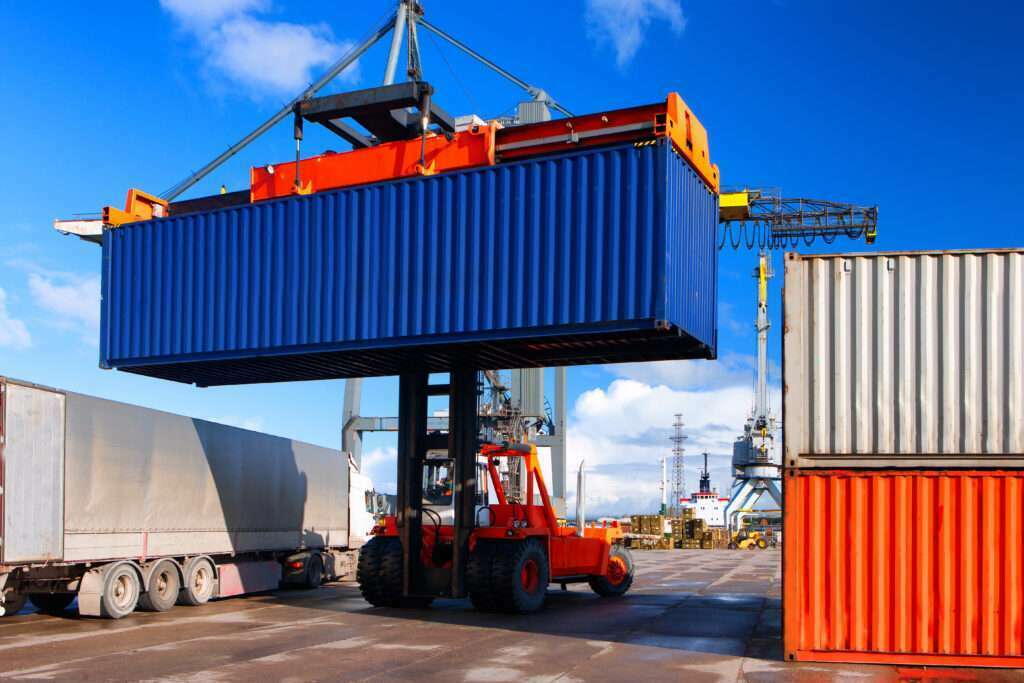
Created by the world’s logistics and banking communities, BOLERO (Bill of Lading Electronic Registry Organization) Bolero.net is eliminating inefficiencies by moving world trade to the Internet, allowing documents and data to be exchanged ‘online’ between all parties in the supply chain. Most of the world’s top 10 banks now use Bolero.net, as do major trading houses such as Mitsui and Marubeni and carriers such as Kline, Cosco and Evergreen.
How Bolero operates?
The Bolero.net messaging system is operated by SWIFT. This utilizes the latest encryption technology, which validates messages. Rigorous registration procedures act as the gatekeeper for prospective users of Bolero.net.
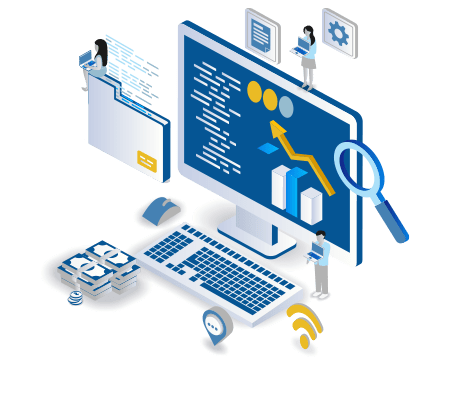
Bolero XML is a validated, global, cross industry XML standards solution that allows all parties of a supply chain to seamlessly ‘talk’ to each other by automating their information exchange.
The backbone of the Bolero system is the Core Messaging Platform, which enables users to exchange electronic trade documents via the Internet.
The system is secure and underpinned by a unique legal structure. It is maintained by a third party. All messages between users are validated, acknowledged and notifications are provided as requested.
Additional messages determine whether the recipient accepts or refuses the stated offer.
Bolero.net is committed to maintaining an open, non-proprietary system, working with a range of third-party partners to develop specific ‘Bolero.net enabled’ interface IT and electronic data interchange products and ‘Bolero.net qualified’ consultancy services for the community.
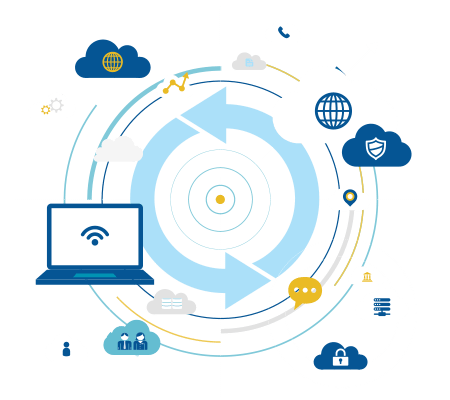
The benefits of Bolero.net
- improved time efficiency
- better administrative procedures.
- improved security systems.
- improved co-ordination across information systems.
- improved customer services.
- better inventory control;
- consistent legal framework process and document improvement and fraud reduction.
- The benefits of Bolero.net extend to legal, technical, marketing, production and servicing departments of business.
summary
International trade was fraught with financial, logistic and time inefficiencies. Bolero has made the international trade industry IT-literate. Exporters/ importers need to understand the preference for paperless trade, processes including CMI electronic bills of lading, Incoterms, Uniform Customs and Practice for Documentary Credits – ICC guidelines on best practice.
